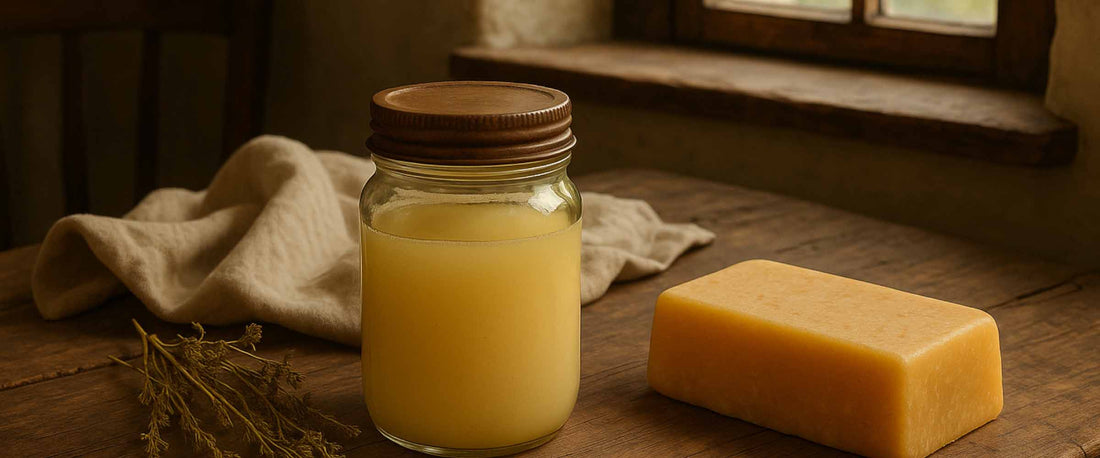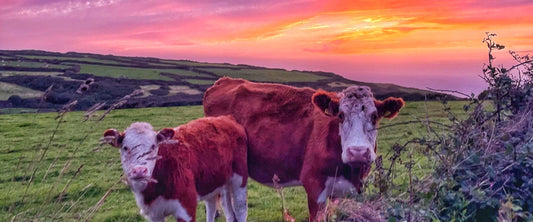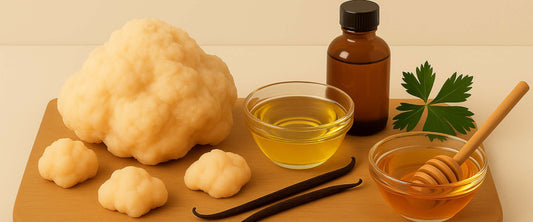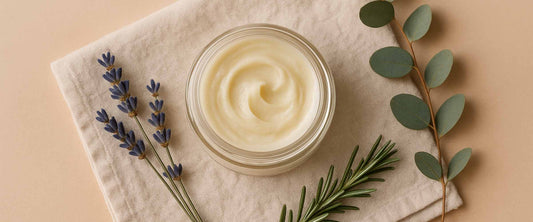
5. Suet Isn’t New — It’s Just Been Forgotten
Long before modern skincare aisles were filled with plastic tubes and lab-made creams, people were using suet to care for their skin.
In fact, suet-based tallow was a staple in traditional skincare for generations across Europe, the British Isles, and beyond.
In Ireland and the UK, rendered suet was used in balms, ointments, and salves—often mixed with beeswax or herbs. Farmers, shepherds, and healers turned to tallow for its durability, moisturizing power, and its ability to protect skin in harsh weather. Suet was practical, local, and effective—passed down through families, not formulated in factories.
In many Indigenous cultures, rendered animal fat from game like elk or buffalo served similar roles. These fats were respected not just as food but as medicine—used to soothe, heal, and protect skin from sun, wind, and cold. Suet had a place in survival, ritual, and everyday care.

Even in early Western medicine, suet and tallow were used in pharmacopeias. Doctors prescribed ointments made with animal fat for treating wounds, burns, rashes, and dry skin. It wasn’t exotic—it was simply what worked.
It’s only in the past 100 years, with the rise of petroleum-based products and mass manufacturing, that tallow was pushed aside in favor of cheaper, synthetic alternatives. But convenience came at a cost. Many of today’s commercial creams are stripped of the nutrients our ancestors relied on—and filled instead with preservatives, artificial fragrances, and lab-altered oils.
Bringing suet back into the skincare conversation isn’t a trend. It’s a return.
To what’s whole. What’s natural. What’s stood the test of time.
Read next: Sustainability & Ethical Sourcing





